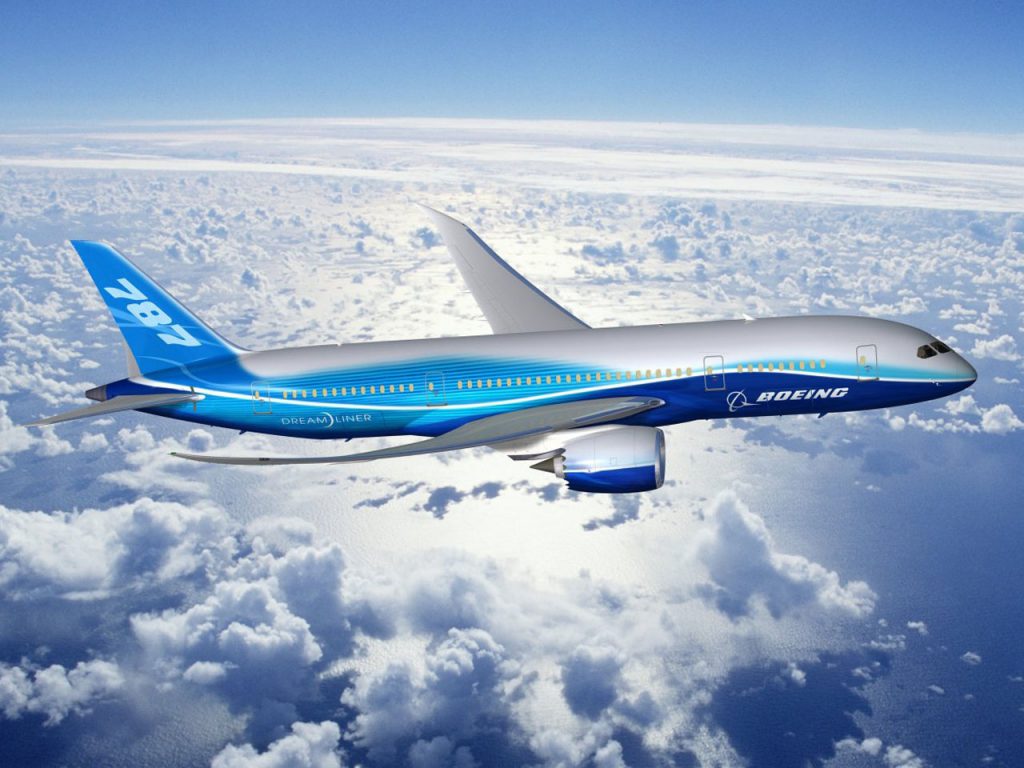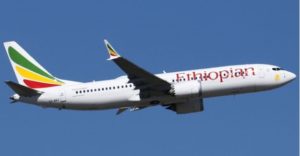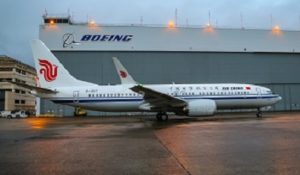Boeing’s 787 on ‘World Tour’

Beijing—Boeing Co. began a “world tour” of its new 787 Dreamliner passenger jet in Beijing to create more buzz for the much-delayed wide-body plane, after a Chinese airline dropped plans to buy the aircraft.
Boeing officials said that China Eastern Airlines Corp.’s decision in October to cancel an order for 24 Dreamliner jets was actually a “conversion” of the order to buy 45 smaller 737 planes instead.
Still, those executives acknowledged that a slow ramp-up of 787 Dreamliner production was making it difficult for the U.S. commercial-aircraft maker to market the new plane around the world, including in China.
Randy Tinseth, vice president of marketing for Boeing’s commercial-aircraft division, said the company still aims to reach its output target of 10 Dreamliners a month by the end of 2013, up from 2.5 a month currently.
China Southern Airlines Ltd. is in line to become the first Chinese airline to receive the Dreamliner, with Boeing expected to make the delivery next year.
In addition, Hong Kong Airlines Ltd., owned by a unit of China’s HNA Group Co., earlier this year signed a memorandum of understanding with Boeing to purchase an additional 32 Dreamliner jets.
Boeing China President Marc Allen said the company is “bullish” on the prospects in China of its family of bigger wide-body jets, including the 787 Dreamliner and the popular 777 jet. That is partly because Chinese airlines, which currently have a small share of the world’s international air-travel market, are expected to expand their international business significantly.
China is one of the world’s fastest-growing commercial-aircraft markets and Boeing’s biggest outside the U.S., where competition from Airbus, a unit of European Aeronautic Defence & Space Co., is becoming stiffer.
The beginning of the 787 world tour was held in a hanger at the Beijing Capital International Airport. After Beijing, the tour will take a Dreamliner that Boeing used until recently for test flights to the southern Chinese cities of Guangzhou and Haikou. The tour also is expected to make stops in Africa and the Middle East, home to other delayed 787 customers such as Qatar Airways and Ethiopian Airlines.
Made from composite materials, the Boeing 787 Dreamliner is the first mid-size airplane capable of flying long-range routes and will allow airlines to open new, non-stop routes preferred by the traveling public. As a result of innovative technologies, the airplane offers unparalleled operating economics, fuel efficiency and passenger comfort.
More than 800 787s are on order by more than 50 airlines, a testament to the airplane’s unique capabilities.
Likewise , All Nippon Airways has become the world’s first carrier to begin commercial flights of the Boeing 787, a medium-sized passenger aircraft that carries 150 to 300 passengers.
The Boeing 787 is expected to play a leading role among next-generation aircraft. The plane’s carbon-fiber composite body significantly reduces its weight, and it is 20 percent more fuel-efficient than conventional models. The Boeing 787’s flight range is 15,000 kilometers, about 40 percent greater than other medium-sized passenger aircraft.So far, ANA has introduced the Boeing 787 only on routes connecting Tokyo’s Haneda Airport with Okayama Airport and Hiroshima Airport. The carrier will introduce the new plane on a route connecting Haneda with Beijing Capital International Airport and the 787 will fly on a route connecting Haneda with Frankfurt Airport in 2012.-Agencies















